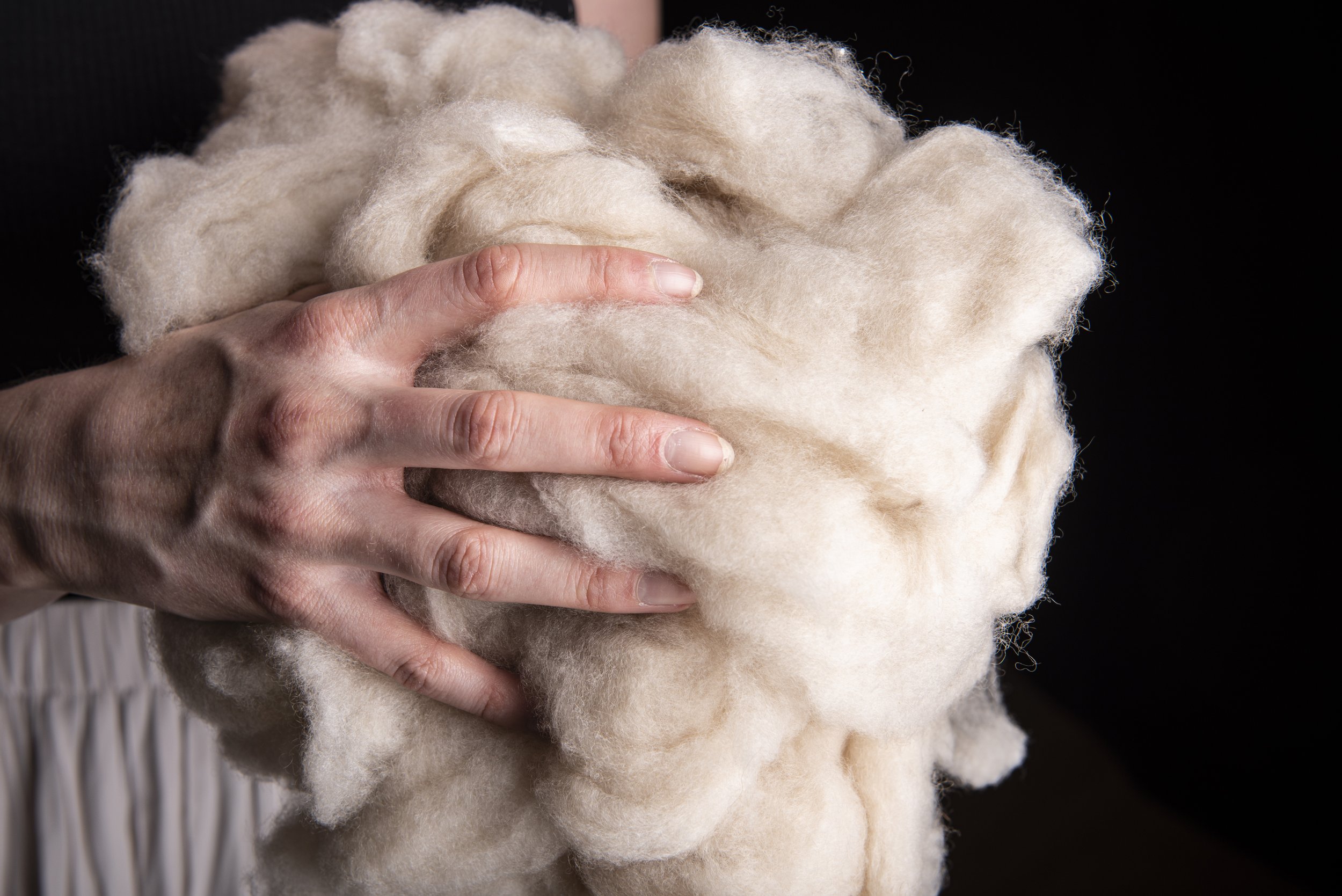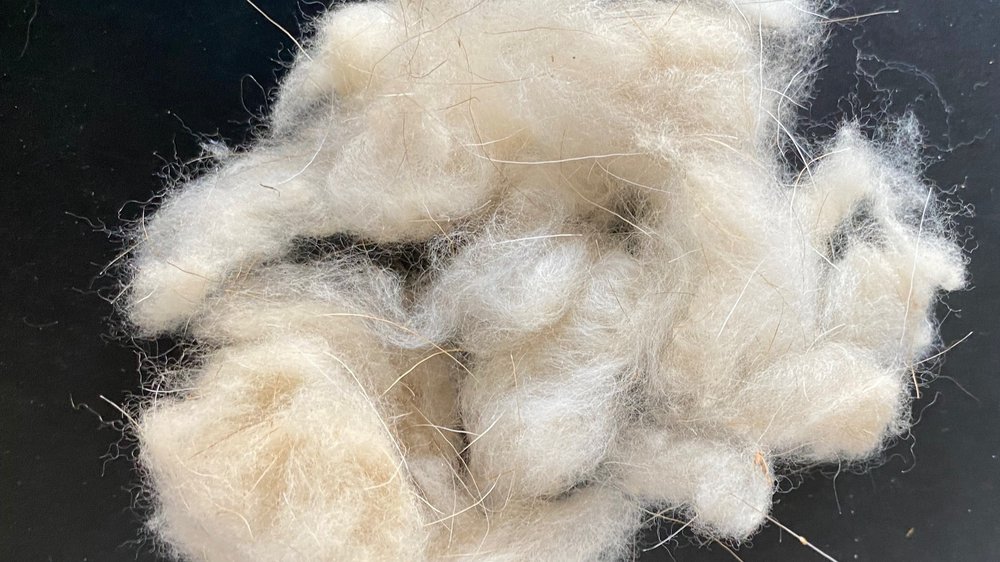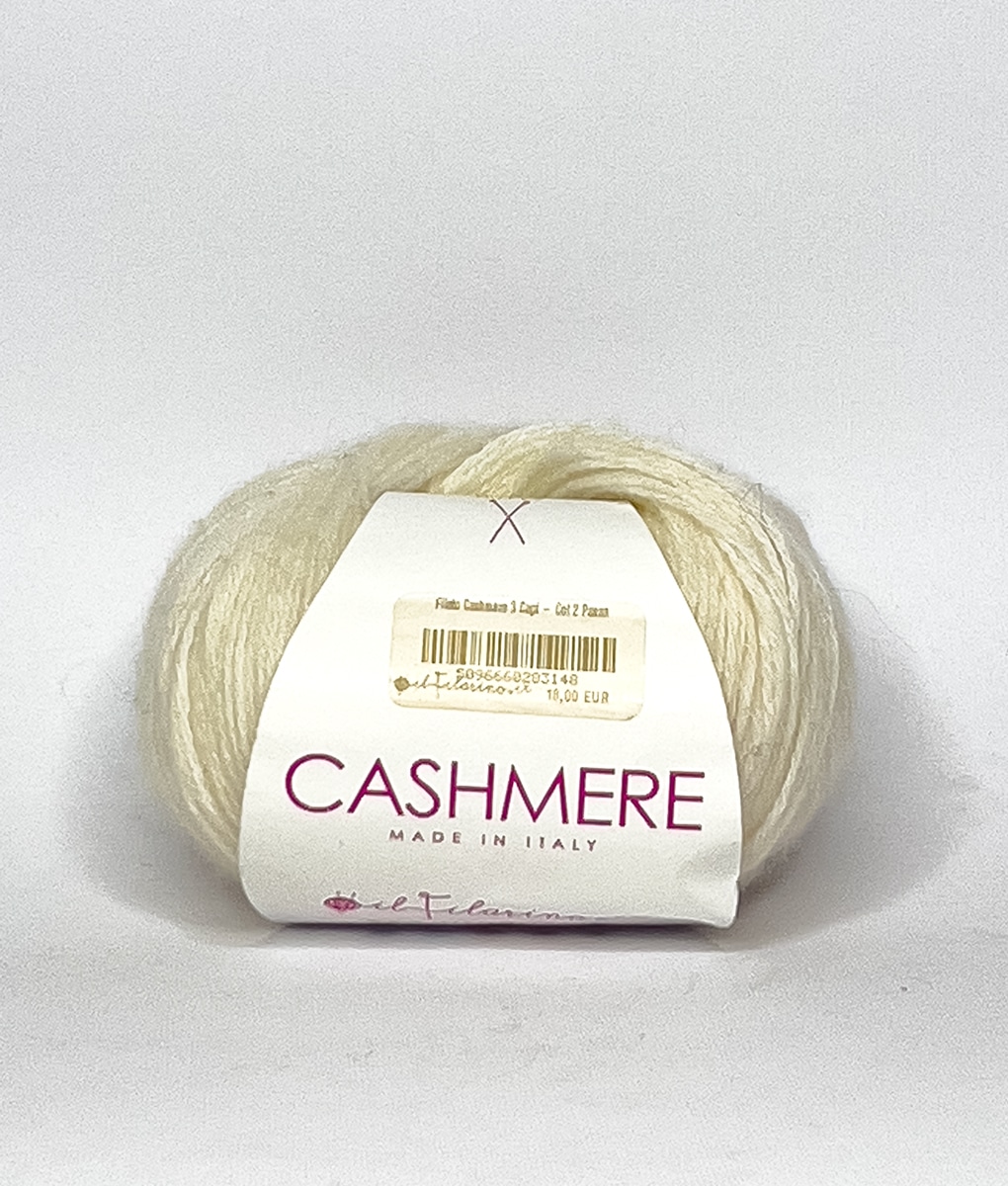Exploring the Origins of cashmere and Its Role in Current Fashion
Exploring the Origins of cashmere and Its Role in Current Fashion
Blog Article
Understanding the Various Sorts Of Cashmere a Natural Fiber and Their Unique Advantages

The Origins of Cashmere: A Historic Introduction
While the elegant touch of cashmere remains to charm modern-day consumers, its beginnings map back to the rough, cool climates of Mongolia and the Mountain ranges. For centuries, the aboriginal peoples of these regions have actually been raising Capra Hircus goats, the prime source of cashmere woollen. These goats, durable versus the serious winter seasons, expanded a great undercoat to endure, which later came to be referred to as cashmere. The name itself admires Kashmir, a region in India where the wool was originally refined. Much of the early cashmere trade path was facilitated by the Silk Roadway, connecting Asia with the Middle East and Europe. Regardless of its worldwide spread, the finest cashmere is still believed to originate from the initial regions of Mongolia and the Mountain Ranges.

The Manufacturing Process: From Goat to Garment
Shearing a Capra Hircus goat notes the beginning of the detailed cashmere production process. This fragile treatment typically takes place as soon as a year throughout springtime. The fine, soft undercoat is after that separated from the coarser outer hair, a procedure known as dehairing. The resultant raw cashmere is after that cleaned to get rid of impurities such as grease, vegetable, and dust matter.
The clean fiber goes through coloring, spinning, and weaving, or knitting, to transform it into a textile. Complicated procedures like quality assurance checks and ending up procedures follow, making sure the end product preserves the glamorous requirement expected of cashmere. This meticulous process, from goat to garment, justifies the high expense connected to cashmere items, making them a sign of high-end and improvement.
The Numerous Kinds Of Cashmere: A Thorough Evaluation

The Distinct Benefits of Cashmere: Convenience and Sustainability
Relocating from the selection of cashmere types to the advantages they use, comfort and sustainability stand out from this source plainly. Cashmere, a natural fiber, is renowned for its unrivaled gentleness, providing a level of convenience that artificial fibers can't match.
When it involves sustainability, cashmere is eco-friendly and biodegradable, as it's gathered from cashmere goats that regrow their coats yearly. what is cashmere. Unlike artificial fibers which can take hundreds of years to decompose, cashmere's influence on the setting is very little. This mix of comfort and sustainability makes cashmere a useful selection for conscious customers

Taking Care Of Your Cashmere: Maintenance and Preservation Tips
While cashmere is certainly a lasting and extravagant option, it needs details treatment to maintain its top quality and expand its life expectancy. To begin, cashmere should be hand cleaned using cold water and a mild cleaning agent. Cashmere products ought to be stored in a trendy and completely dry area, away from straight sunlight and dampness.
Purchasing Cashmere: Comprehending Its Value and Well Worth
Although cashmere may at first look like an expensive investment, its long-term worth and worth become obvious when you consider its exceptional qualities. Known for its unparalleled gentleness and warmth, cashmere is a premium all-natural fiber that surpasses various other products. Its high need and minimal supply contribute to its high rate, yet its toughness ensures it lasts for several years, providing outstanding worth for cash. Cashmere pieces are timeless, typically coming to be antiques passed down via generations. what is cashmere. Its all-natural shielding buildings provide warmth without the bulk of synthetic fibers. Purchasing cashmere, consequently, is not almost current fashion trends, yet what is cashmere regarding embracing a sustainable, lasting, and extravagant lifestyle.
Verdict
In recap, the kind of cashmere one selects, be it Mongolian, Chinese, or Italian, is determined by specific choices for heat, sustainability, high-end, and budget plan. Understanding the beginnings, production procedure, and distinct benefits of different types of cashmere can assist consumers in their investment in this lavish natural fiber.
Whether it's the remarkable heat of Mongolian cashmere, the affordability of Chinese cashmere, or the eco-conscious production look at this site of Italian cashmere, there's a tale to be found behind each fiber type. Cashmere, an all-natural fiber, is renowned for its unmatched soft qualities, giving a level of comfort that synthetic fibers can not match.When it comes to sustainability, cashmere is renewable and naturally degradable, as it's collected from cashmere goats that regrow their layers annually. Recognized for its unparalleled gentleness and warmth, cashmere is a premium all-natural fiber that outmatches various other materials. Understanding the beginnings, manufacturing procedure, and distinct benefits of various types of cashmere can guide consumers in their financial investment in this lavish all-natural fiber.
Report this page